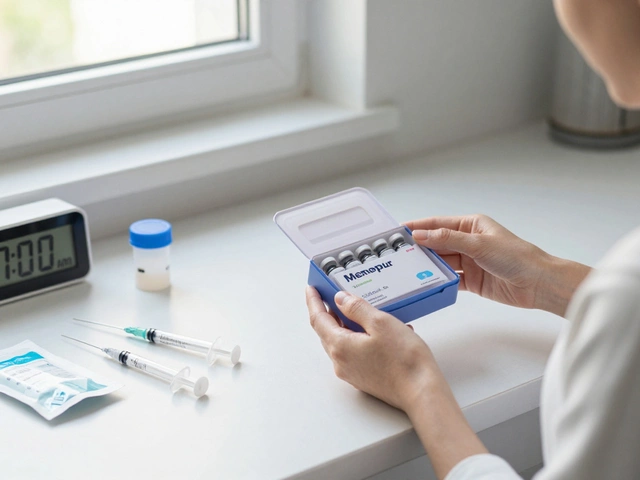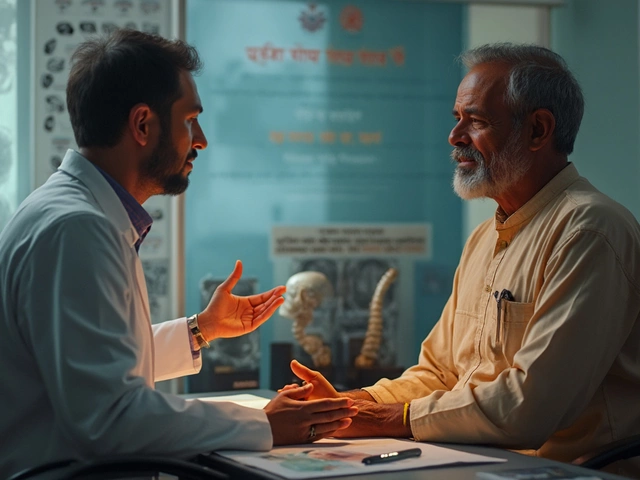Heart surgeries vary in complexity and risk, with some procedures being particularly challenging and perilous. This article dives into the riskiest heart surgeries, explaining the reasons behind their danger. It also provides insights into the procedures, potential complications, and the impact on patients. While some surgeries are unavoidable, understanding the risks can help in making informed decisions.
Read MoreRisky Heart Surgery – What You Should Expect
Thinking about heart surgery can feel overwhelming. The word “risky” pops up a lot, and it’s natural to wonder if the benefits outweigh the dangers. Below we break down the real risks, how to spot warning signs, and what you can do to make the operation as safe as possible.
Know the Common Risks
Every heart operation carries some chance of trouble. The most frequent issues include:
- Bleeding – Even with skilled surgeons, blood loss can happen during or after the procedure.
- Infection – The incision site or deeper structures can get infected, especially if post‑op care isn’t followed.
- Arrhythmias – Your heart rhythm may go off‑beat for a few days after surgery.
- Stroke – Tiny clots can form and travel to the brain, leading to a stroke.
- Kidney problems – The stress of surgery can affect kidney function, especially in older patients.
Most of these complications are manageable when caught early. That’s why staying alert during the hospital stay matters.
How to Lower Your Chances of Trouble
Preparation starts long before the surgeon rolls up the sleeves. Here are steps you can take right now:
1. Choose the right center – Look for a hospital with a high volume of cardiac cases and low mortality rates. Ask the staff about their infection control record.
2. Talk to your surgeon – Ask specific questions: How many times have you performed this exact surgery? What’s your complication rate? A confident, transparent doctor reduces uncertainty.
3. Get a health check‑up – Blood pressure, cholesterol, and diabetes control should be optimal before the cut. Your doctor may adjust medicines to lower risk.
4. Stop smoking – Even a week without cigarettes improves blood flow and cuts infection risk.
5. Plan post‑op support – Arrange a family member or friend to stay with you for the first 48‑72 hours. They can help with meds, wound checks, and getting up safely.
During the hospital stay, follow the care team’s directions closely. Keep the incision clean, report any fever or unusual pain, and do the breathing exercises they show you. Those simple actions catch problems before they become serious.
After you leave the hospital, the recovery phase still matters. Gradual activity, a heart‑healthy diet, and regular follow‑up appointments keep you on track. If you notice swelling in the legs, shortness of breath, or chest pain, call your doctor immediately.
Remember, no surgery is without risk, but knowledge and preparation dramatically tip the odds in your favor. Use the tips above, ask lots of questions, and you’ll walk into the operating room feeling informed and ready.
Ready to take the next step? Talk to your cardiologist today, compare hospital stats, and start the checklist that will make your heart surgery as safe as possible.





